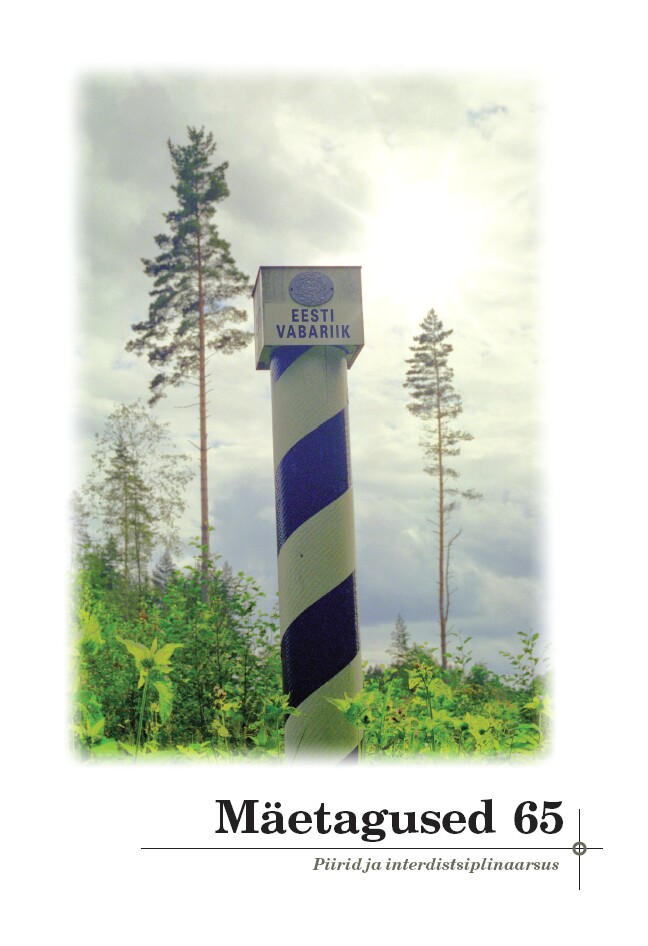Teekonnad ja piirid – elulood piiripoeetika vaatepunktist
Journeys and borders: Life stories from the aspect of border poetics
Author(s): Tiiu JaagoSubject(s): Customs / Folklore, Studies of Literature, Cultural Anthropology / Ethnology, Culture and social structure , Victimology, Migration Studies
Published by: Eesti Kirjandusmuuseum
Keywords: border poetics; life story; real life-based story; war refugees;
Summary/Abstract: This article analyses descriptions of journeys and the emergence of territorial and symbolic borders in autobiographical texts. Historically, the descriptions are related to migration caused by World War II and, to a lesser extent (or in connection with the war), the establishment of Soviet power in Estonia. The analysed life stories were narrated in the period from 1995 to 2011, and are stored in the “Estonian Life Stories” collection (EKLA f 350). The narrators were born in the late 1920s or early 1930s; at the time of the narrated events they were children, whose migration was not so much dependent on the historical situation, but the life, choices, and decisions of their parents and relatives. The theoretical starting point for analysing the texts is border poetics: How is the border depicted in narratives? How are different borders (territorial, state, cultural borders, the front line, symbolic borders in narrator’s changed status and self-image) intertwined in the narrative? The narrators describe their journeys from Estonia to Germany, Finland, or Sweden, but no state borders are specified in the stories. Border crossing is revealed through signs, which could be generally described as safe and dangerous areas. The riskier or the more conflicting to the usual situation the experience was, the more detailed is its description. However, the narrator describes a process, which is why the conflict (and the focus of the description) does not have to be concentrated in just the one moment of crossing the border. References to the border may emerge as indirect signs, for example, visually. German towns are described as being either in ruins or intact from the battles; descriptions of Stockholm point out its lit windows in contrast to the darkened windows of the wartime Estonia. Border-related signs are also disclosed in people’s behaviour or attitudes. For example, the problems of the inhabitants of Sweden, which was untouched by the war, seemed trivial to those escaping from the war. Symbolic borders also emerge in the changed status of the narrator as the main character of the story; for instance, upon arrival in another country an active person turns passive, into an observer and an object of other people’s actions, and then changes again into an active one, who makes decisions on shaping his or her fate in the new country of residence. The border-poetic approach enables to view the narratives of people who escaped to the West during World War II not so much from the historical or memory-theoretical aspect as from the aspect of narration of borders. This makes it possible to place the topic of the 1944 flight into a more general panorama of escaping and crossing the border.
Journal: Mäetagused. Hüperajakiri
- Issue Year: 2016
- Issue No: 65
- Page Range: 95-116
- Page Count: 22
- Language: Estonian

